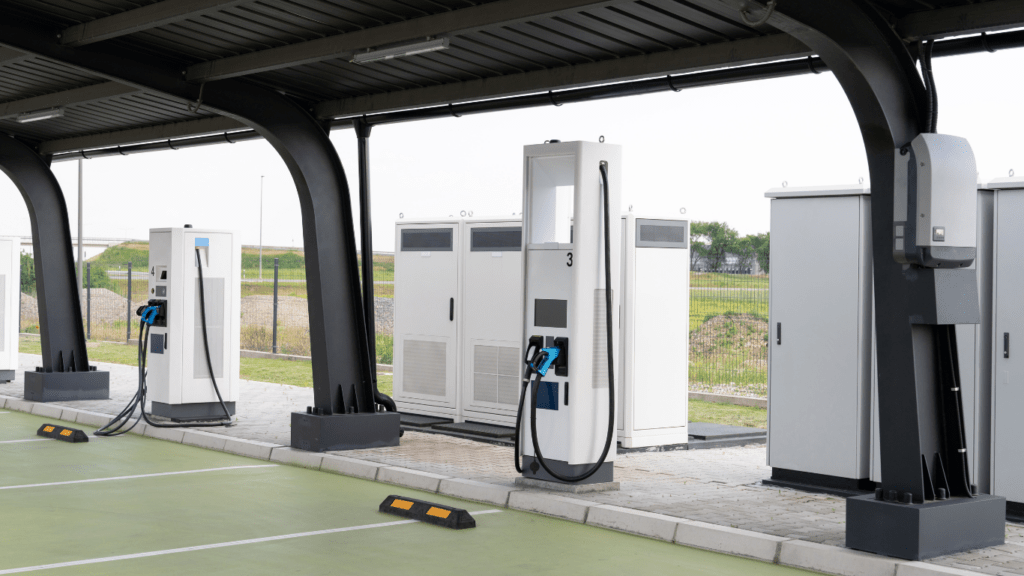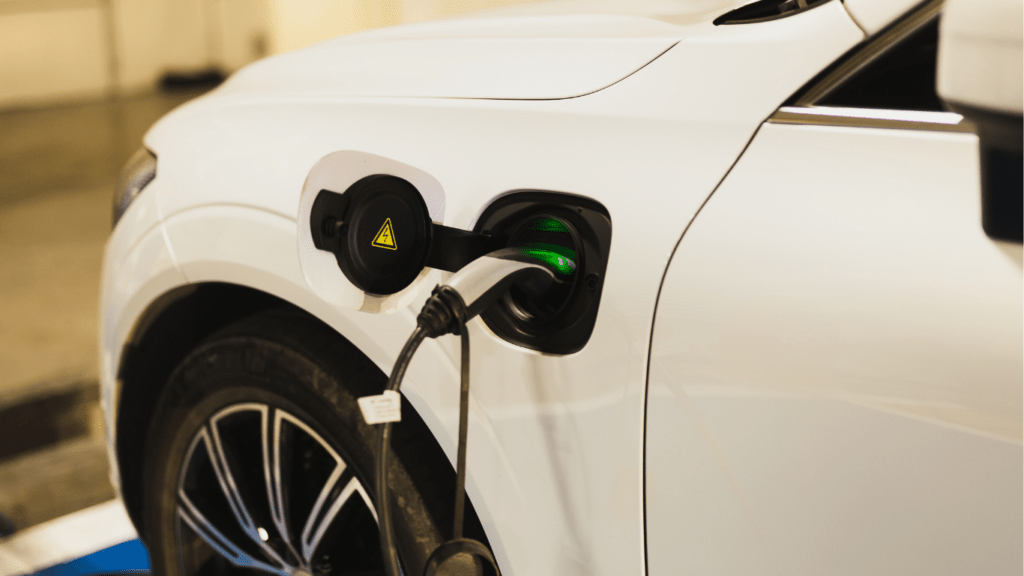The Expansion of Electric Vehicle Charging Stations
Electric vehicle charging stations are growing rapidly worldwide, driven by increasing EV adoption and supportive policies.
Global Statistics and Growth Trends
By 2022, over 2 million public charging stations existed globally, per the International Energy Agency (IEA).
China leads with 1 million stations, followed by Europe with 300,000 and the US with 120,000. Growth rates average 60% annually.
Adoption of fast chargers, like Tesla’s Supercharger network, further supports long-distance travel. Urban areas see greater density for convenience, while highways now feature more stations to assist in longer trips.
Government Initiatives and Subsidies
Governments offer incentives to boost charger installation. In the US, the Infrastructure Investment and Jobs Act allocates $7.5 billion for EV charging. The EU’s Green Deal aims for 1 million public chargers by 2025.
China’s New Energy Vehicle program provides subsidies for charging infrastructure. Policies like tax credits, grants, and reduced permitting hurdles make station deployment faster and cheaper, accelerating the network’s expansion.
Technology Advances in EV Charging
Advancements in EV charging technology play a crucial role in the growth of the charging network. These innovations boost efficiency and sustainability, supporting the widespread adoption of electric vehicles.
Faster Charging Techniques
Faster charging techniques reduce the time needed to charge EVs, enhancing their practicality for everyday use.
Ultra-fast chargers, such as Tesla’s Superchargers and Ionity’s High-Power Chargers, deliver up to 350 kW, enabling EVs to charge up to 80% in about 20-30 minutes.
Such rapid charging solutions make long-distance travel more feasible for electric vehicle owners, aligning with the increasing demand for convenience.
Integration of Renewable Energy
Integrating renewable energy into EV charging infrastructure can enhance sustainability. Solar-powered charging stations, like those developed by companies such as Envision Solar, reduce the carbon footprint of electric vehicles.
Additionally, incorporating wind and other renewable energy sources into the grid that powers EV chargers further decreases reliance on fossil fuels.
This alignment with broader environmental goals supports the long-term viability of electric vehicle adoption, ensuring a greener future.
Challenges Facing the EV Charging Network

Electric vehicle (EV) charging networks continue to face several significant challenges. Despite rapid growth, some obstacles hinder further expansion and accessibility.
Infrastructure Limitations
Current EV charging infrastructure struggles with capacity and reliability. Networks often suffer from maintenance issues and downtime affecting user convenience.
Urban areas boast higher densities of stations but still face problems with uneven distribution. High costs of installation and maintenance can slow the deployment of new stations.
For example, high-power chargers, which cost significantly more than regular chargers, can be prohibitive for smaller networks to implement extensively.
Geographical Disparities
EV charging networks exhibit stark geographical disparities. Urban and suburban areas tend to have better access, while rural and remote regions often lack sufficient coverage.
This discrepancy affects long-distance travel and the broader adoption of EVs outside major cities. In the US, coastal states like California and New York have more developed networks, leaving midwestern and southern states with fewer options.
Internationally, while countries like Norway and the Netherlands lead in charger density per capita, others lag behind, impacting the global uniformity of the network’s growth.
Future Projections for EV Charging Networks
The future of EV charging networks looks promising with technological advancements and expanding infrastructure. Industry experts foresee significant changes shaping the landscape over the coming decades.
Innovations on the Horizon
Several innovations are expected to improve EV charging networks such as :
- Wireless Charging: Wireless charging technology, which uses electromagnetic fields, allows EVs to charge without plugging in. Trials in cities like Oslo show promising results.
- Vehicle-to-Grid (V2G) Systems: V2G systems enable EVs to return energy to the grid during peak demand periods. This bi-directional power flow can stabilize the grid and reduce energy costs.
- Solar-Powered Chargers: Solar-powered charging stations harness renewable energy, providing a sustainable charging option. Incorporating solar canopies and standalone solar chargers increases energy independence.
- Portable Fast Chargers: Companies are developing portable fast chargers, offering rapid charging solutions in areas without permanent infrastructure. These devices can aid regions with sparse charger distribution.
Predictions for Network Expansion
Analysts predict rapid expansion of EV charging networks:
- Global Installations: By 2030, the number of public charging stations is estimated to reach 12 million, growing to meet the rising EV demand. China, Europe, and the US will continue as frontrunners.
- Urban and Rural Coverage: Broader coverage in urban and rural areas is anticipated to reduce geographic disparities. Enhanced infrastructure in rural regions supports long-distance travel.
- Government Initiatives: Government initiatives, including funding programs and incentives, will drive the installation of more chargers. The US aims to build 500,000 public chargers by 2030 under the Infrastructure Investment and Jobs Act.
- Corporate Investment: Private companies plan to invest billions into expanding their networks. For instance, Tesla’s Supercharger network, with over 35,000 chargers, continues to grow, aiming for a global footprint.
Strategic expansions and technological advancements position EV charging networks for robust growth through the next decade.

